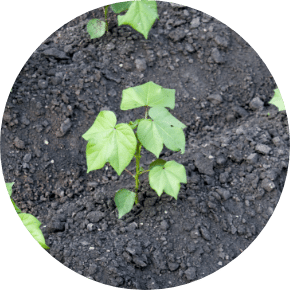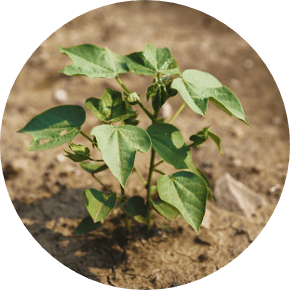
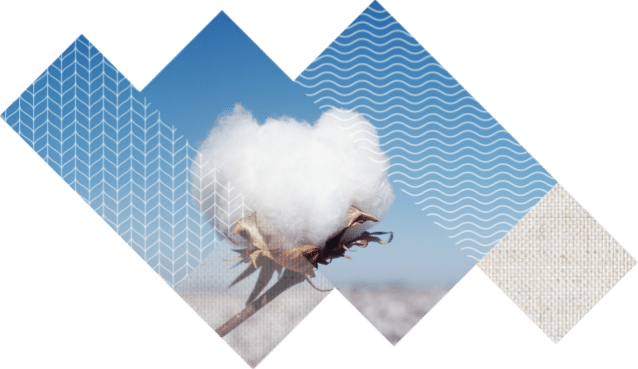
Increasing land use efficiency has been made possible by using higher-yielding cotton varieties and modern agriculture farming practices. Wide adoption of conservation practices such as cover crops, windbreaks, contour farming, and conservation tillage also contributed to protecting agricultural land. Over the next 10 years, U.S. cotton growers are committed to reducing soil loss per acre by 50%, increasing soil carbon by 30% and increasing land use efficiency by 13%.
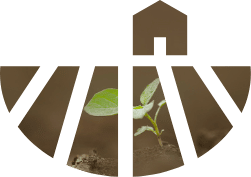
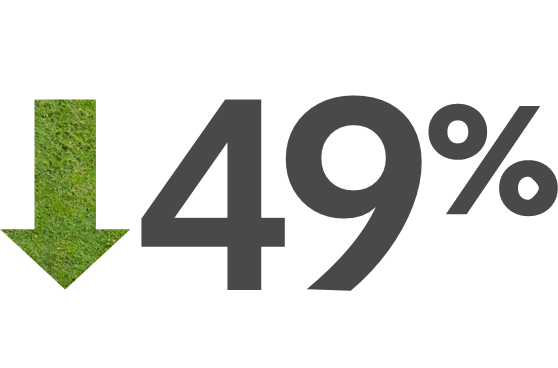
Since 1980, the land needed to grow a bale of cotton in the U.S. has dropped on average by 30% (Metric is planted acres per lb of lint).4
Soil Health
Healthy soil benefits the cotton plant and the environment. Conservation tillage and cover crops can dramatically increase soil retention and help create a more biodiverse environment and more fertile soil for farming.
Habitat Preservation
Cotton and the environment benefit from a diverse range of wildlife habitats. Cotton growers enjoy and understand the upsides to biodiversity, which is why land that is no longer efficient for cotton production is often turned into to create habitats for birds such as pheasant and quail, pollinators, and other species.
Fertilizers
Cotton needs fertile land to grow. Cotton growers around the world aim to limit their use of synthetic fertilizers and rely instead on cover crops and other natural methods to improve soil health and create environments where cotton plants can thrive.
Pesticides
Cotton growers only use pesticides when it is necessary to protect their crop, and precision farming ensures they are only applied where they are needed. Growers in the U.S. today make 50% fewer insecticide applications than growers in the late 1980s.5

Stewards of the Land
In the agricultural industry, land is the livelihood for cotton growers across the world. Preserving land so that it can continue to efficiently produce cotton for generations to come has always been a priority for cotton growers. Today, family farms make up roughly 98 percent of cotton-farming operations in the U.S.6
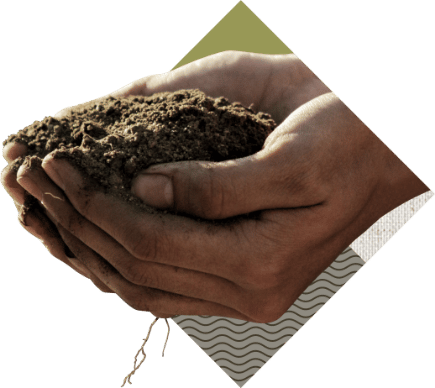
THE LATEST
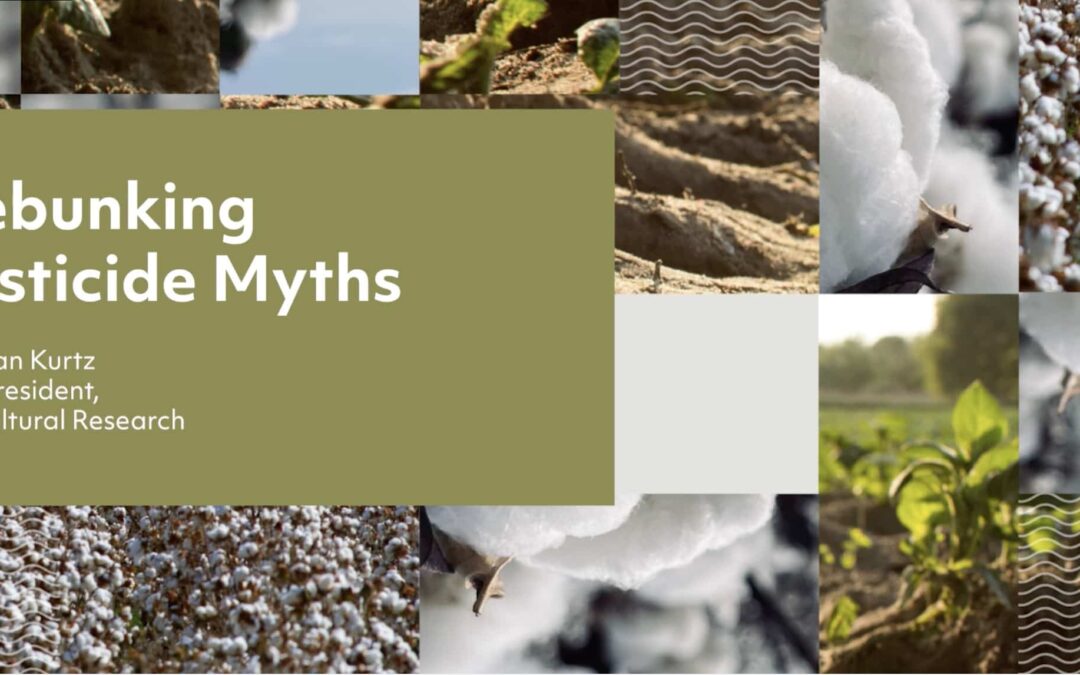
Debunking Pesticide Myths
Learn about Integrated Pest Management (IPM), a holistic approach to combatting pests such as weeds, insects, and pathogens in agriculture.
- United Nations Food and Agriculture Organization Statistics for Cotton. http://www.fao.org/faostat/en/#data/QC.
- Shahbandeh, M. (2021). Cotton yield Per Harvested acre in the U.S. 2020. Statista. https://www.statista.com/statistics/191494/cotton-yield-per-harvested-acre-in-the-us-since-2000/.
- California Cotton Ginners and Growers Association. (2014). How much cotton does it take. https://ccgga.org/cotton-information/much-cotton-take/.
- Field to Market: The Alliance for Sustainable Agriculture. (2021). Environmental Outcomes from On-Farm Agricultural Production in the United States. National Indicators Report, fourth edition. https://fieldtomarket.org/national-indicators-report/
- Williams, M.R. (2012). Cotton insect losses 2011. Presented at the 2012 Beltwide Cotton Conferences, Orlando, Florida, January 3-6, 2012. Pp. 1013-1037.
- Cary Blake (2018). 98 percent of U.S. cotton farms are family operated. Farm Progress. https://www.farmprogress.com/blog/98-percent-us-cotton-farms-are-family-operated.
